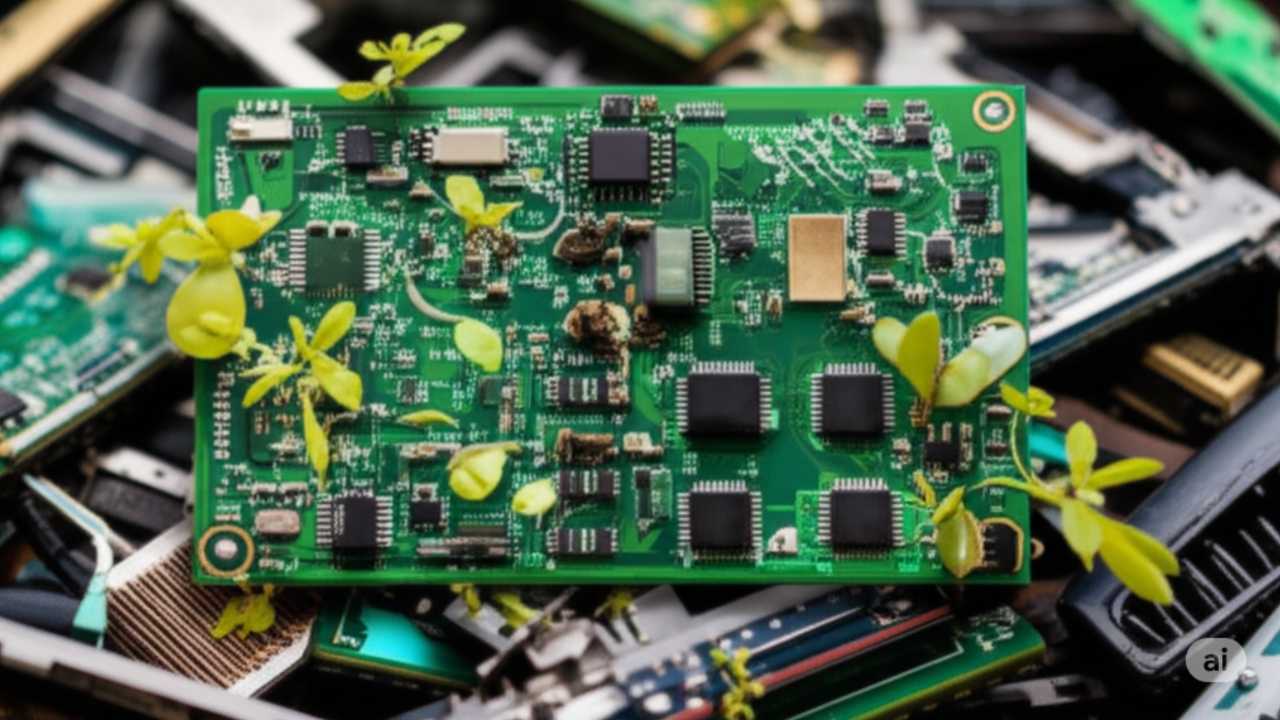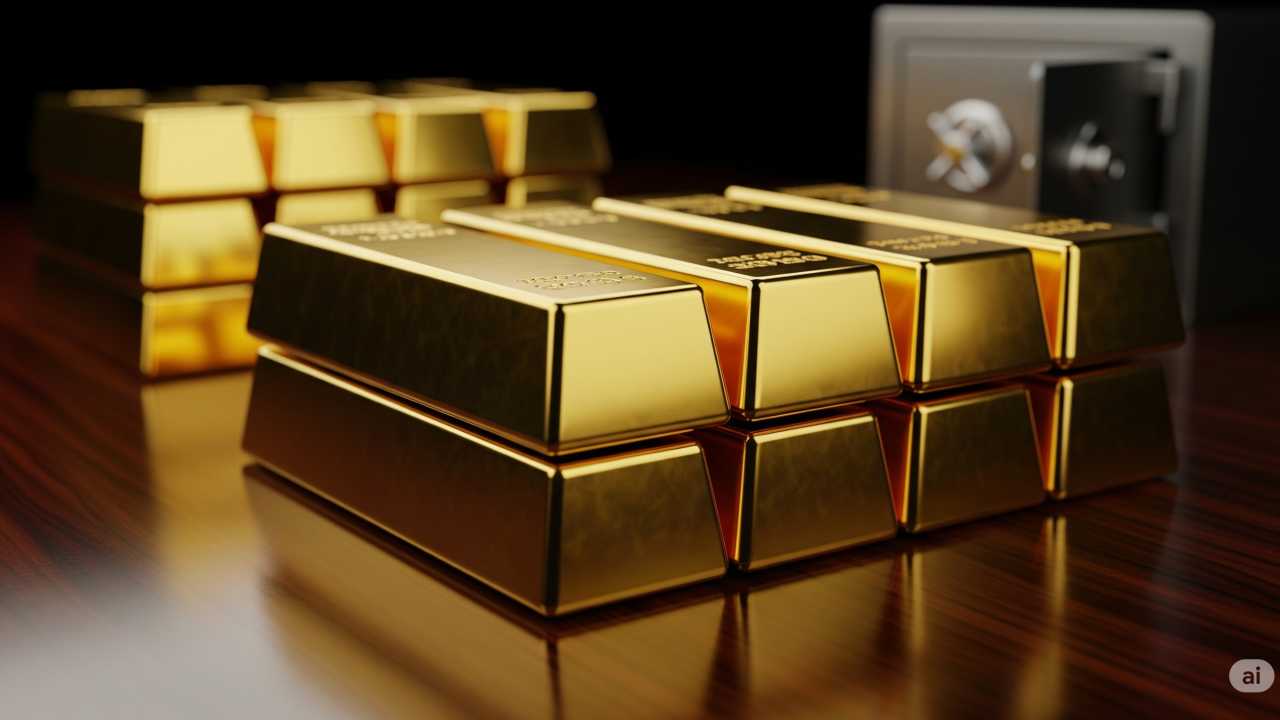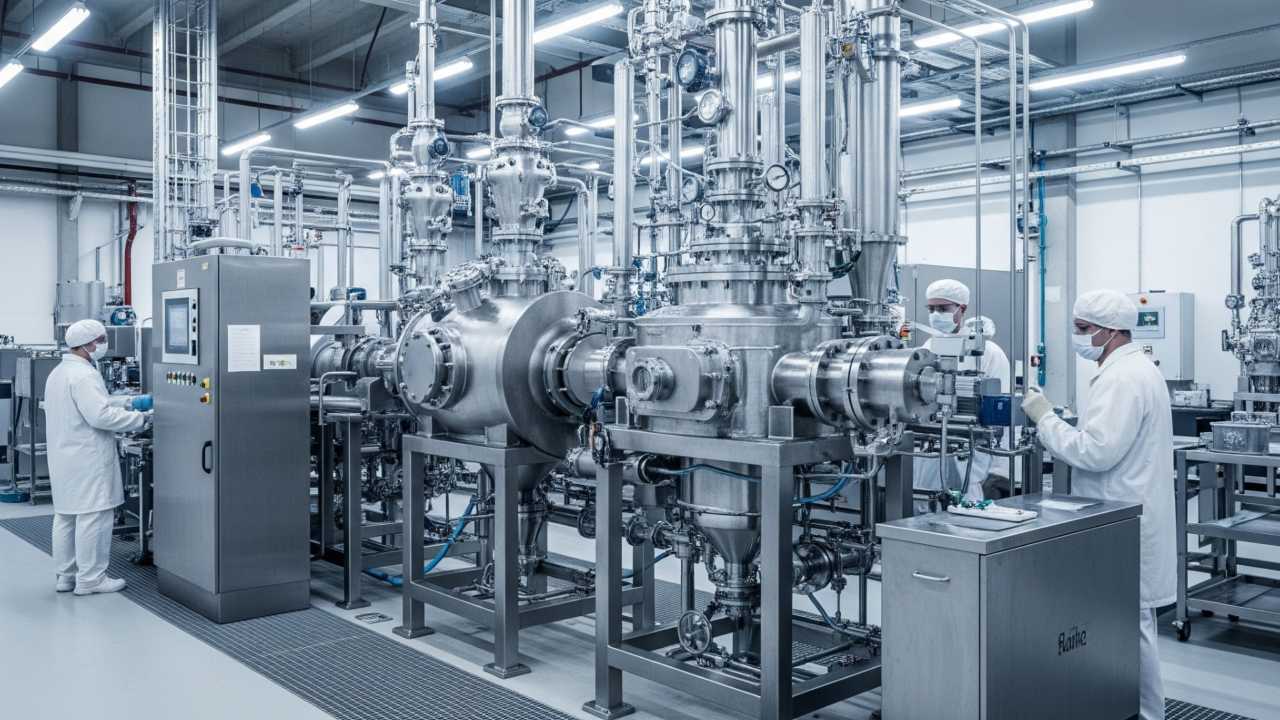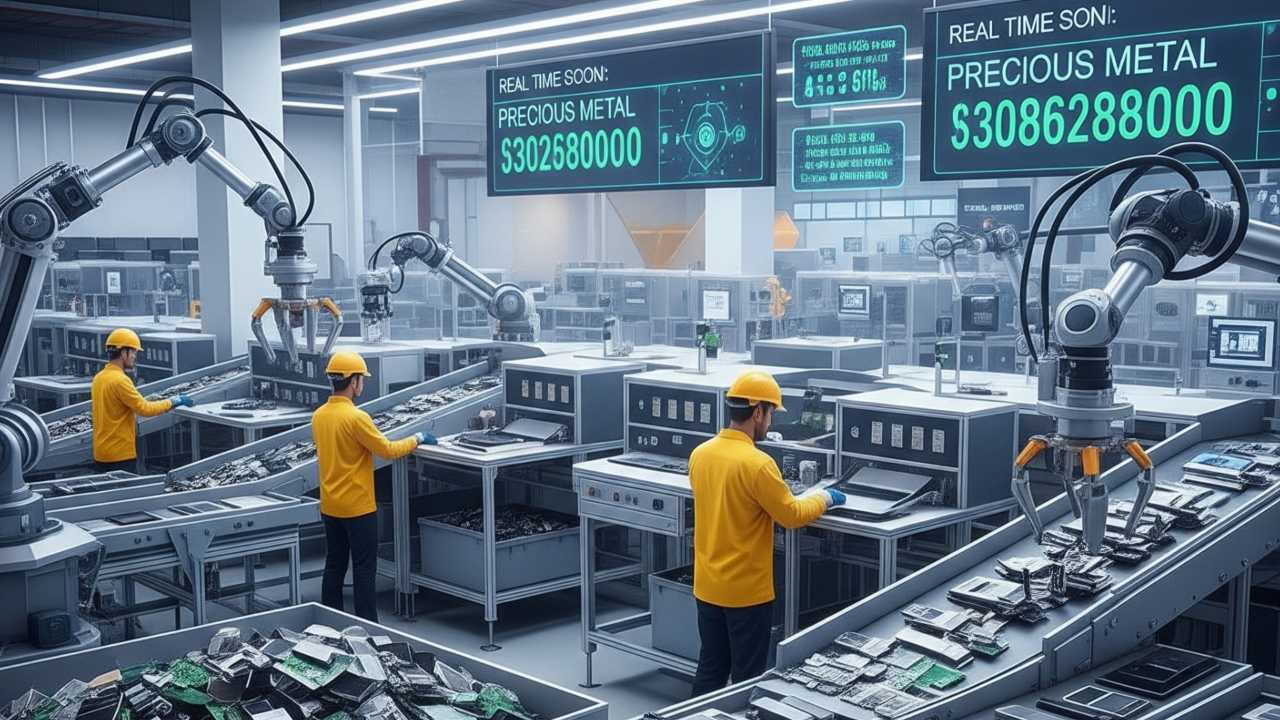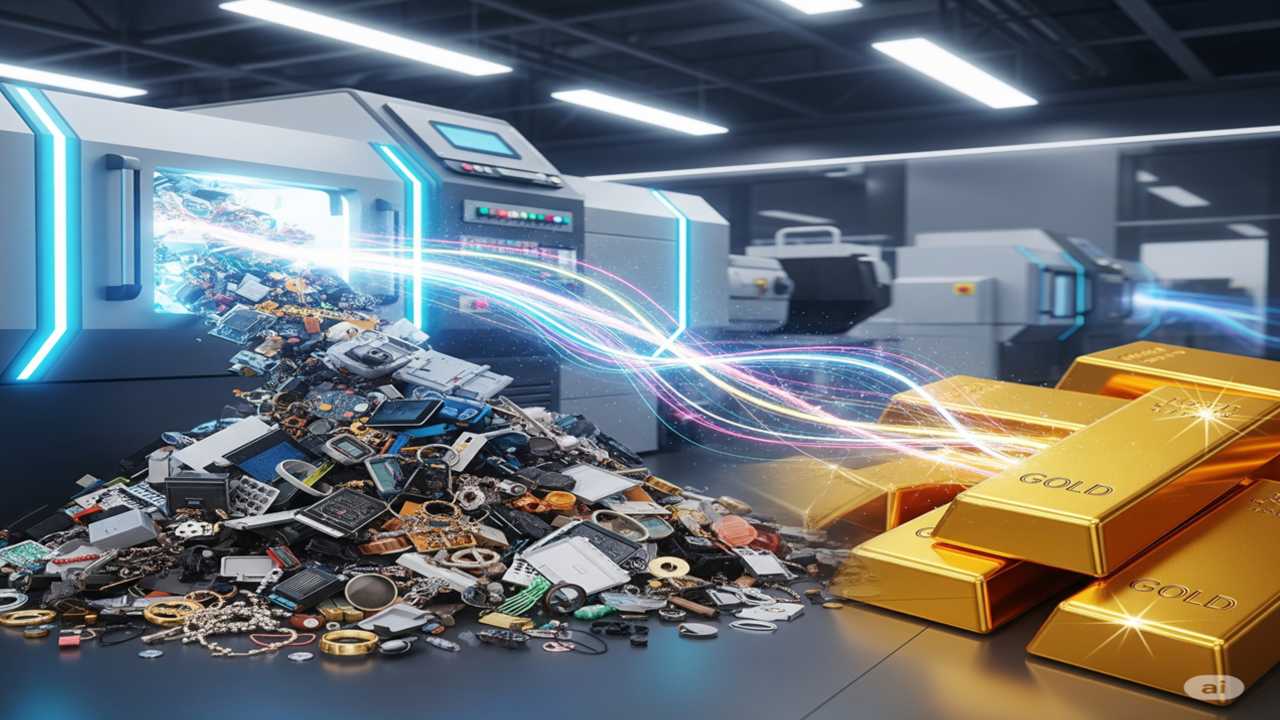Electronics Waste: The Hidden Treasure in Circuit Boards
The Unseen Avalanche: A Global Crisis in the Making
In the relentless march of technological progress, the devices that power our modern lives – smartphones, laptops, televisions, appliances, and countless other electronic gadgets – have become ubiquitous. They connect us, entertain us, educate us, and drive our economies. Yet, beneath this gleaming veneer of innovation lies a darker, more complex reality: the staggering volume of electronic waste, or e-waste, that we generate annually. This isn’t merely an inconvenience; it is a global crisis, an unseen avalanche of discarded materials threatening our environment and human health.
The statistics are sobering. Millions of metric tons of e-waste are generated worldwide each year, a figure that continues to climb, a testament to our insatiable appetite for new technology and the accelerated obsolescence of the old. Much of this e-waste ends up in landfills, where hazardous substances like lead, mercury, cadmium, and beryllium leach into the soil and groundwater, contaminating ecosystems and posing severe health risks to nearby communities. Informal recycling practices in developing nations further exacerbate this problem, with workers often exposed to toxic fumes and materials without adequate protection.
However, within this mountain of discarded electronics lies a paradox, a glimmer of hope, and a significant economic opportunity: the circuit board. Often overlooked and undervalued, the humble circuit board – the green or brown slab teeming with tiny components – is in fact a veritable treasure trove of valuable materials, a hidden lode of precious metals and rare earth elements that are crucial for the very technologies we crave. Understanding and unlocking this hidden treasure is not just an environmental imperative, but a significant economic and geopolitical advantage.
The Golden Veins: Unveiling the Precious Metals in PCBs
At the heart of every electronic device, enabling its complex functionalities, is the printed circuit board (PCB). These intricate masterpieces of engineering are far more than just plastic and fiberglass. They are meticulously designed assemblies containing a surprisingly high concentration of valuable metals, often exceeding the ore grades found in conventional mining operations.
The most prominent and valuable among these are the precious metals. Gold, renowned for its excellent electrical conductivity and corrosion resistance, is widely used in connectors, switch contacts, and bonding wires. While the amount of gold in a single device might seem minuscule, the sheer volume of discarded electronics means that the collective “urban mine” of e-waste contains significant quantities. For instance, a tonne of discarded circuit boards can contain 50 to 100 times more gold than a tonne of gold ore. Silver, another excellent conductor, is found in various contacts and solder. Platinum and palladium, members of the platinum group metals (PGMs), are also present, particularly in older devices and specialized industrial electronics, serving as catalysts and in various electronic components due to their stability and catalytic properties.
Beyond the precious metals, circuit boards are also rich in base metals that are essential for industrial processes. Copper, the workhorse of electronics, is abundant in the traces and internal layers of PCBs, making it a primary target for recyclers. Aluminum, tin, nickel, and zinc are also present in various forms, from casings and connectors to solder and battery components. The responsible recovery of these base metals not only reduces the need for virgin mining – which is often environmentally destructive – but also offers a more energy-efficient and sustainable source of these critical resources.
The Rare Earth Riddle: Unlocking the Future of Technology
Perhaps the most strategically important and often overlooked components within circuit boards are the rare earth elements (REEs). This group of 17 chemically similar metallic elements possesses unique magnetic, luminescent, and electrochemical properties that are indispensable for modern technology. Neodymium, praseodymium, dysprosium, terbium, and yttrium are just a few examples of REEs found in various electronic components.
They are crucial for the powerful magnets in hard drives and speakers, the vibrant colors in LCD and LED displays, the efficient functioning of electric motors, and the advanced capabilities of fiber optics and catalytic converters. The global supply chain for REEs is highly concentrated, leading to concerns about geopolitical stability and supply disruptions. Recovering REEs from e-waste offers a compelling solution to diversify supply chains, reduce reliance on primary mining, and mitigate the environmental impact associated with their extraction and refining. The processes involved in separating and purifying REEs from e-waste are complex, but ongoing research and technological advancements are making this increasingly viable and economically attractive.
The Urban Mine: A Paradigm Shift in Resource Management
The concept of the “urban mine” – the idea that our cities and landfills contain vast quantities of valuable raw materials – represents a fundamental paradigm shift in how we view waste and resource management. Instead of seeing e-waste as a problem, it reframes it as an opportunity, a valuable resource waiting to be tapped. This shift is driven by several compelling factors:
- Resource Scarcity and Volatility: The Earth’s finite resources are under increasing strain due to global population growth and industrialization. Mining new virgin materials is becoming more challenging, environmentally destructive, and economically expensive. Geopolitical tensions can also disrupt supply chains for critical minerals.
- Environmental Imperative: Landfilling e-waste leads to severe environmental pollution. Extracting materials from e-waste significantly reduces the environmental footprint associated with virgin mining, including habitat destruction, water pollution, and energy consumption.
- Economic Opportunity: The value of the metals and rare earth elements in e-waste is substantial. This presents significant opportunities for new industries, job creation, and economic growth in the recycling and refining sectors.
- Circular Economy Principles: The urban mine concept aligns perfectly with the principles of a circular economy, where resources are kept in use for as long as possible, extracting maximum value1 from them while in use, then recovering and regenerating products and materials at the end of each2 service life. This minimizes waste, reduces reliance on virgin resources, and fosters sustainable economic development.
Challenges and Innovations in E-waste Recycling
Despite the immense potential, the journey from discarded circuit board to recovered treasure is fraught with challenges. The complexity and diversity of electronic devices, the intricate composition of PCBs, and the presence of hazardous materials all contribute to the difficulty of efficient and environmentally sound recycling.
One of the primary challenges is collection and logistics. A significant portion of e-waste is either hoarded in homes or disposed of improperly, preventing it from entering formal recycling channels. Raising public awareness, establishing convenient collection points, and implementing robust take-back schemes are crucial steps.
The pre-processing stage involves dismantling devices to separate different material streams. This can be labor-intensive and requires specialized tools and expertise to avoid damaging valuable components and to safely handle hazardous materials. Automation and robotics are increasingly being employed to improve efficiency and safety in this stage.
The core of circuit board recycling lies in the extraction and refining processes. Historically, pyrometallurgy (high-temperature incineration) was used, but this often leads to emissions of hazardous gases and loss of some valuable materials. Hydrometallurgy, which involves dissolving metals in chemical solutions, offers a more environmentally friendly approach, but it generates wastewater that requires careful treatment. Biotechnological methods, such as bioleaching (using microorganisms to extract metals), are emerging as promising, low-impact alternatives, though they are often slower and require specific conditions.
Advanced Technologies and Future Trends:
- Automated Sorting and Dismantling: Machine learning and AI-powered robotics are revolutionizing the pre-processing stage, enabling faster and more accurate identification and separation of components, maximizing material recovery.
- Novel Extraction Techniques: Research is ongoing into more efficient and environmentally benign methods for extracting precious and rare earth metals. This includes supercritical fluid extraction, ionic liquids, and advanced electrochemical processes.
- Modular Design and Repairability: A crucial shift in product design is towards modularity and repairability. Devices designed to be easily disassembled and repaired will significantly extend their lifespan and facilitate the recovery of valuable materials at their end-of-life.
- Product Passports and Digital Tracking: Implementing “product passports” that digitally track the materials and components within a device from its manufacturing to its end-of-life can vastly improve traceability and enable more efficient recycling.
- Policy and Regulation: Stronger regulations, extended producer responsibility (EPR) schemes, and incentives for sustainable product design and recycling are vital to drive the transition towards a circular economy for electronics. Governments and international organizations have a critical role to play in fostering responsible e-waste management.
Final Thoughts: The Untapped Potential of a Circular Future
Electronics waste, particularly the humble circuit board, is no longer just a burden on our planet. It is a testament to the ingenuity of human engineering, a repository of vital resources, and a powerful symbol of our unsustainable consumption patterns. By embracing the concept of the urban mine, investing in advanced recycling technologies, and fostering a cultural shift towards repair and reuse, we can transform this environmental challenge into a monumental economic opportunity.
The hidden treasure in circuit boards represents an untapped potential for sustainable resource management, reduced environmental impact, and enhanced economic resilience. It is a reminder that in the quest for a more sustainable future, we must look beyond the obvious, delve into the discarded, and discover the wealth that lies within. The journey from e-waste to valuable resource is complex, but it is a journey we must embark on, for the sake of our planet, our economies, and the generations to come. The future of technology, paradoxically, might just be found in the careful reclamation of its past.




